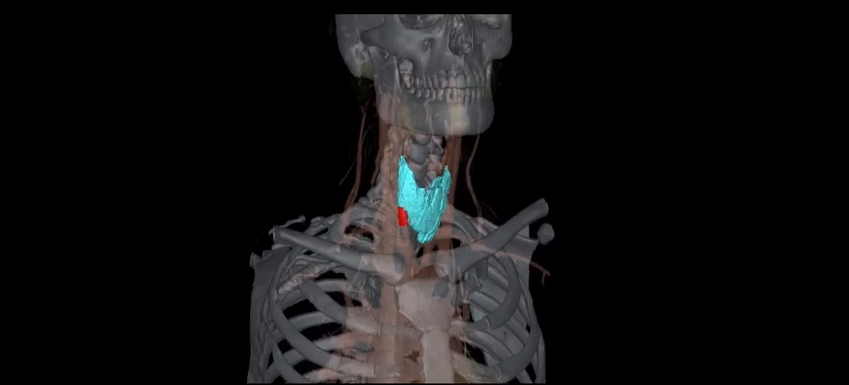It might surprise you to learn that the parathyroid glands are secretly one of the most important glands in your body. The four little glands in your neck control your body’s calcium levels, and calcium in turn controls everything from bone strength to muscle contractions to cognitive function.
Doctors have long realized the importance of these glands, as well as the vital importance of removing them should they become diseased.
Historically, parathyroid removal was fairly invasive, as it usually required exploratory surgery. The average person has two parathyroid glands on the right side of the neck and two on the left. The only way to tell which gland or glands were diseased was to cut open the neck and look at them.
This method was less than ideal, obviously.
Doctors began searching for a less invasive means of identifying diseased parathyroid glands in the late 1970s. They did this using nuclear imaging. Early imaging for parathyroid disease primarily focused on functionality – that is, it located the diseased glands. What that imaging didn’t do, however, was give surgeons a sense of the anatomy of the gland. They could tell which gland wasn’t working, but they didn’t necessarily know its precise location, or its anatomical makeup.
“The early parathyroid imaging scans looked like the Rorschach ink blot tests that psychologists use,” said Dr. James Lee, Columbia Medical Center’s Chief of Endocrine Surgery. “Even in the best of hands, the accuracy of these tests were only up to about 80%.”

Doctors at Columbia University Medical Center sought to change that. Dr. Lee and several other surgeons from the Department of Surgery collaborated with doctors in the Nuclear Imaging Department to invent a new type of parathyroid imaging, which fuses key aspects of both the nuclear medicine scan and the traditional CT scan, allowing surgeons to not only tell which parathyroid gland was malfunctioning, but also where exactly it is located and what its shape is.
They call this imaging technique the “parathyroid series.” Here’s an example:
“This scan done here at Columbia is about 96% accurate. It’s by far the best method we have to localize parathyroid disease. Up to 80 to 90% of patients who had negative test done elsewhere, when they get tested here at Columbia using our 4D CT scan, they have positive imaging that localizes to a single diseased gland.”
To learn more about Parathyroid Imaging and Surgery, please visit the New York Parathyroid Center.

